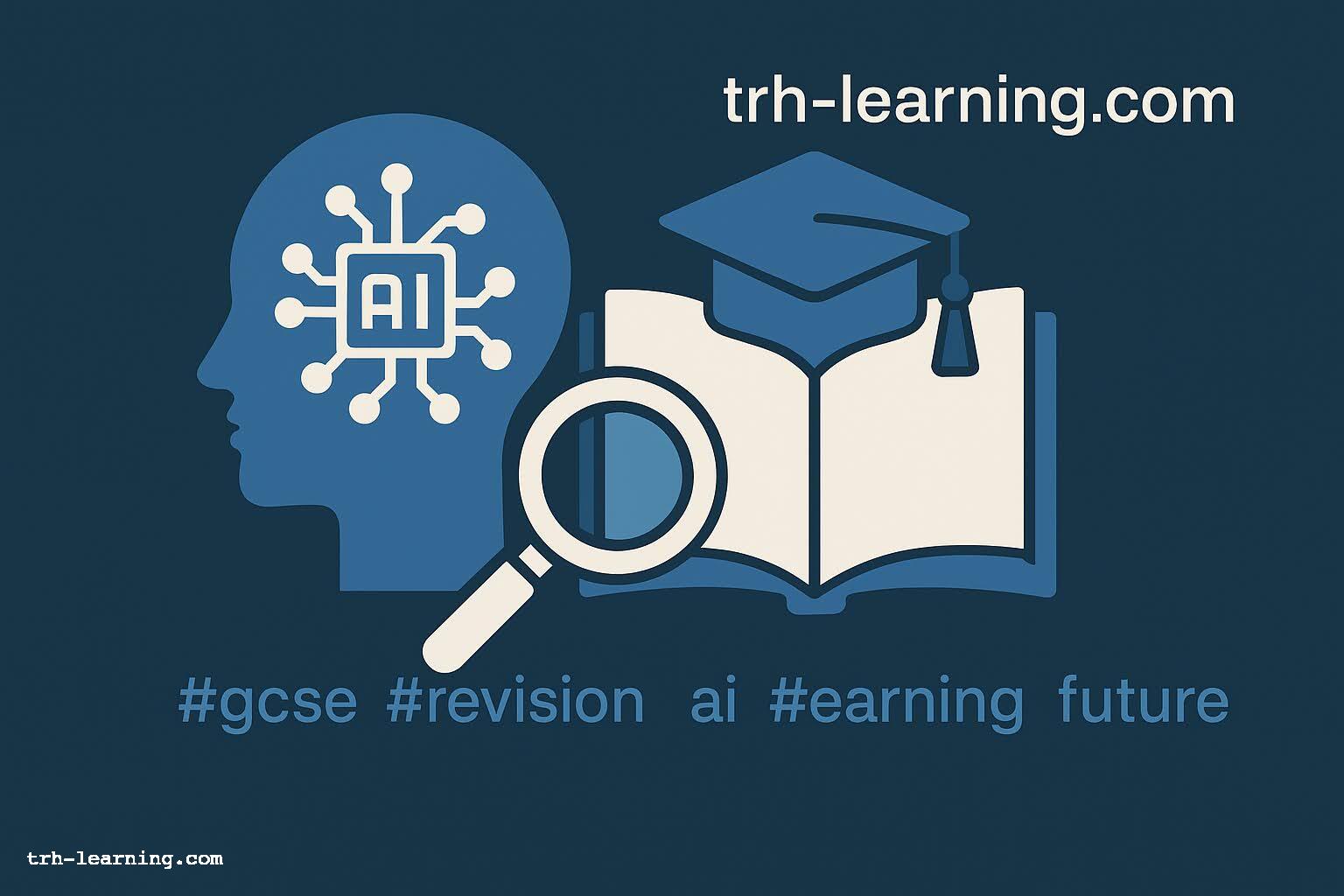NVIDIA GPU Architecture Demystified: Optimization Techniques for AI Certification Candidates
Optimization Techniques for AI Certification Candidates
Understanding NVIDIA GPU Architecture
NVIDIA GPUs are foundational to modern AI workloads, offering massive parallelism and specialized hardware for deep learning. Their architecture is designed to accelerate matrix operations, convolutional computations, and data movement, making them essential for both training and inference in neural networks.

Key Components of NVIDIA GPUs
- Streaming Multiprocessors (SMs): The core computational units, each containing CUDA cores, Tensor Cores, and memory resources.
- CUDA Cores: Handle general-purpose parallel computations, ideal for vector and matrix operations.
- Tensor Cores: Specialized for mixed-precision matrix multiply-accumulate operations, significantly accelerating deep learning workloads.
- High-Bandwidth Memory: GDDR6 or HBM2 memory provides rapid data access, reducing bottlenecks during large-scale computations.
- NVLink: High-speed interconnect for multi-GPU communication, crucial for distributed training.
Optimization Techniques for AI Workloads
To maximize performance on NVIDIA GPUs, AI certification candidates should master the following optimization strategies:
-
Leverage Mixed Precision Training:
- Utilize Automatic Mixed Precision (AMP) to exploit Tensor Cores, reducing memory usage and increasing throughput.
-
Optimize Memory Access Patterns:
- Ensure coalesced memory accesses to global memory for efficient bandwidth utilization.
- Use shared memory to cache frequently accessed data and minimize latency.
-
Maximize Occupancy:
- Balance the number of active warps per SM to hide memory latency and fully utilize GPU resources.
-
Utilize Efficient Data Pipelines:
- Overlap data transfers with computation using CUDA streams and asynchronous memory copies.
-
Profile and Tune Kernels:
- Employ tools like NVIDIA Nsight Systems and NVIDIA Visual Profiler to identify bottlenecks and optimize kernel launches.
Best Practices for AI Certification Candidates
- Stay updated with the latest CUDA Toolkit and cuDNN releases for improved performance and new features.
- Understand the hardware limitations and capabilities of the target GPU (e.g., number of SMs, memory size, supported compute capability).
- Practice implementing and optimizing deep learning models using frameworks like TensorFlow and PyTorch with GPU acceleration enabled.
Mastery of NVIDIA GPU architecture and optimization techniques is essential for AI professionals seeking certification, as it directly impacts model training speed, scalability, and deployment efficiency.
Browse Categories 📚
💻 Digital Tools
⚡ Study Techniques
📚 GCSE Subjects
🎯 Exam Preparation
📖 Economics Education
📖 Physics Education
💡 General Tips
📖 Chemistry Education
📖 Mathematics Education
🧠 Student Wellbeing
📖 Educational Technology
📖 Biology Education
👨👩👧👦 Parent Support
📖 GCSE Maths Revision
📖 Educational Technology in Chemistry
📖 GCSE Physics Revision
📖 Educational Technology in Biology
📖 Study Skills
📖 NVIDIA AI Certification
📖 Mathematics Revision
📖 GCSE Economics Revision
📖 GCSE Chemistry Revision
📖 Chemistry Revision
📖 AI Certification and Training
📖 AI Certification & Career Development
📖 Study Skills & Exam Preparation
📖 Science Education
📖 Responsible AI & Certification
📖 Practical Math Skills
📖 Personal Finance Basics
📖 Parental Guidance
📖 Natural Language Processing
📖 Modern Genetics and Biotechnology
📖 Mathematics in Everyday Life
📖 Mathematics Fundamentals
📖 Math Skills
📖 Machine Learning Certification
📖 MLOps & Model Deployment
📖 Generative AI Certification and Applications
📖 GPU Architecture & Optimization
📖 GCSE Maths Skills
📖 GCSE Exams & Assessment
📖 GCSE Biology Revision
📖 Financial Literacy
📖 Ethical AI Development
📖 Environmental Science
📖 Educational Technology in Physics
📖 Educational Technology in Mathematics
📖 Educational Strategies
📖 Education and Curriculum Development
📖 Edge AI & IoT
📖 Data Visualization
📖 Currency Exchange
📖 Conversational AI Development
📖 Computer Vision Applications
📖 Cloud AI Infrastructure
📖 AI/ML Certification
📖 AI Model Implementation
📖 AI Certification and Skills Development
📖 AI Certification and Deployment
Ready to boost your learning? Explore our comprehensive resources above, or visit TRH Learning to start your personalized study journey today!
📚
Category: GPU Architecture & Optimization
Last updated: 2025-09-24 09:55 UTC